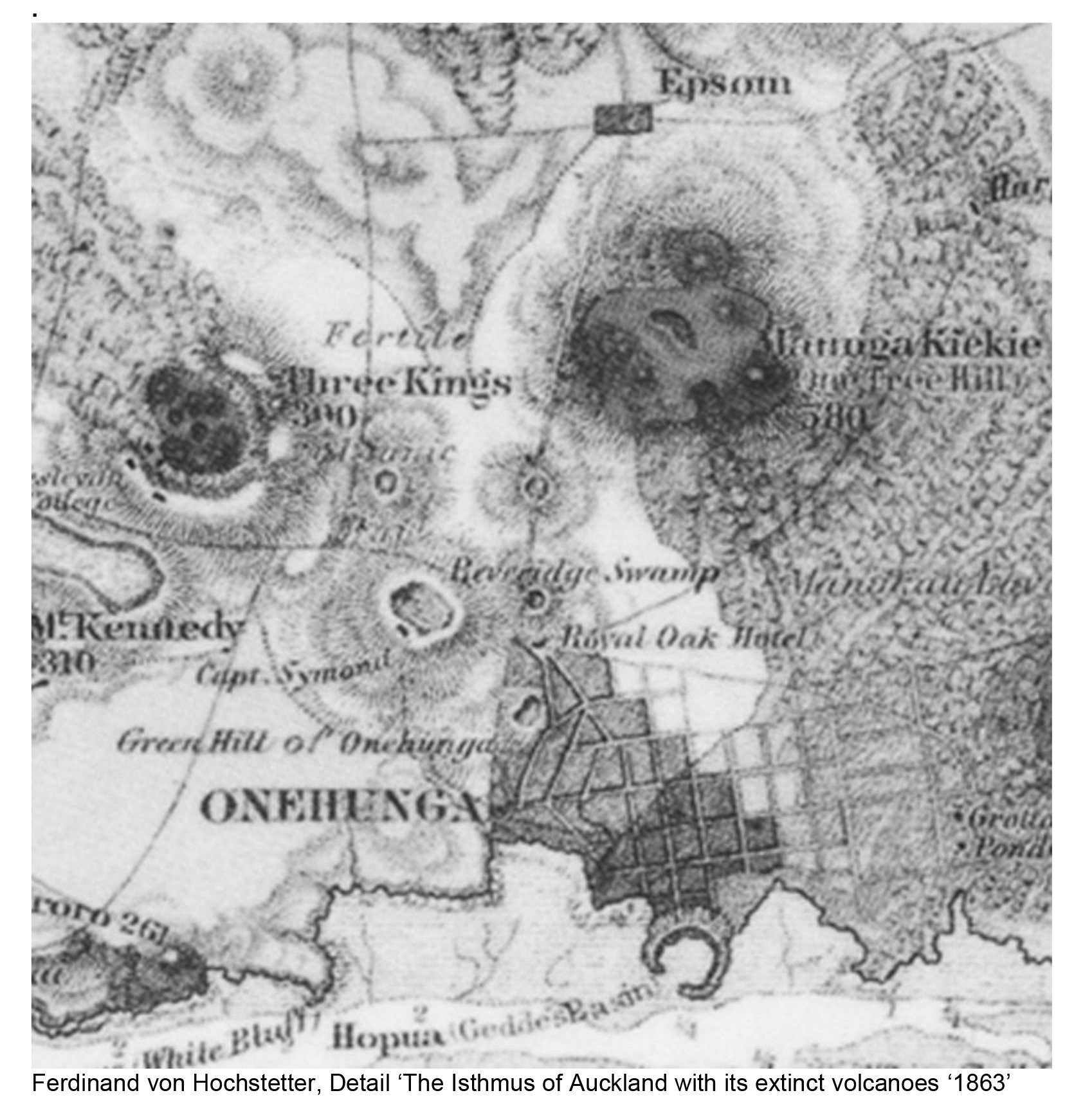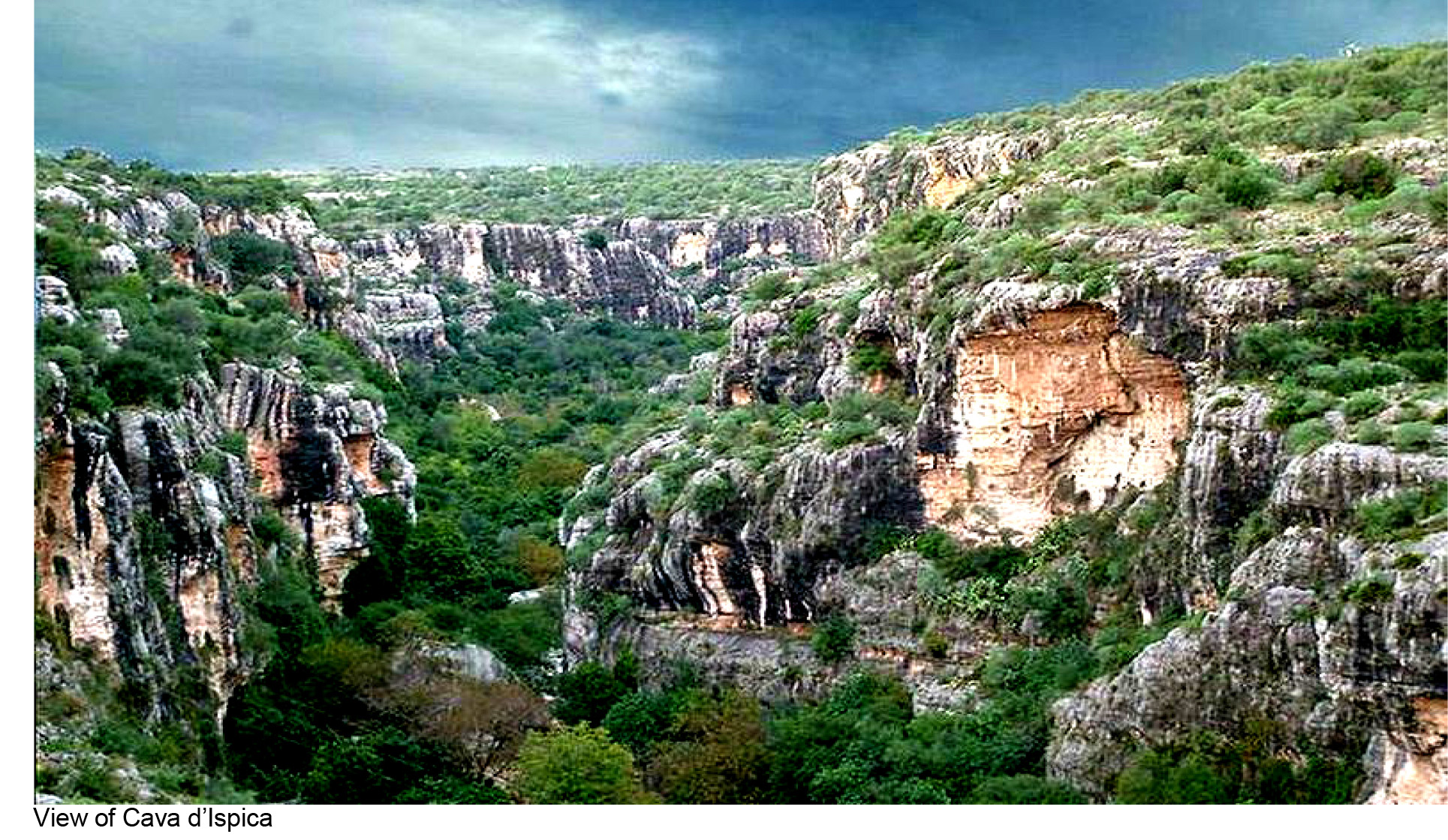MUDDY URBANISM: Mapping the Whau
MUDDY URBANISM: Mapping the Whau
Kathy Waghorn, Esther Mecredy and special guest Teddy Cruz
Teddy, Kathy and Esther share the view that architects “can be designers not just of form but of political
processes” , imagining not only forms and objects but also counter-spatial procedures and practices, such
as new political and economic structures and new modes of interaction. Central to their practices is the
question of representation – finding ways to make the informal flows and forces of the city visible in order
that they can be known and recognized, and can become part of design. Cruz says that we must “alter our
conventions of representation in order to absorb the ambiguity of these forces”, and that this “remains the
essential question in the negotiation between the formal and informal city”.
Teddy Cruz
As a research-based practice Estudio Teddy Cruz has amplified urban conflict as a productive zone of
controversy, leading to constructive dialogue and new modes of intervention into established politics and
economics of development in marginal neighborhoods. In 2008 Cruz represented the US in the Venice
Architecture Biennial and in 2010 he was part of the important exhibition Small Scale: Big Change New
Architects of Social Engagement at the Museum of Modern Art. In 2011 he was the recipient of a Ford
Foundation Visionaries Award. Teddy Cruz is currently a professor in public culture and urbanism in the
Visual Arts Department at University of California, San Diego, and the co-founder of the Center for Urban
Ecologies. See http://estudioteddycruz.com/
MUDDY URBANISM: Mapping the Whau course outline




Recent Comments